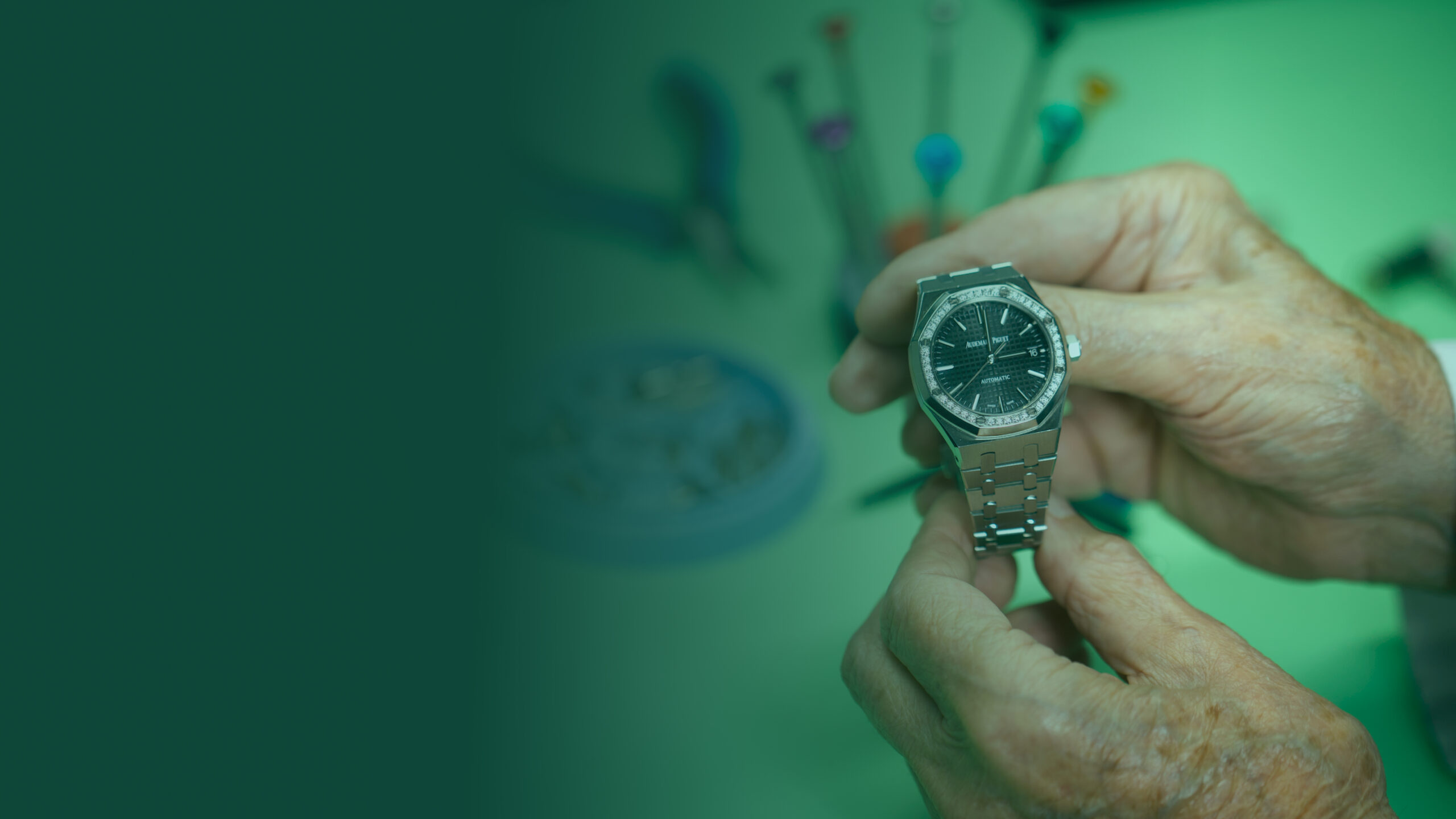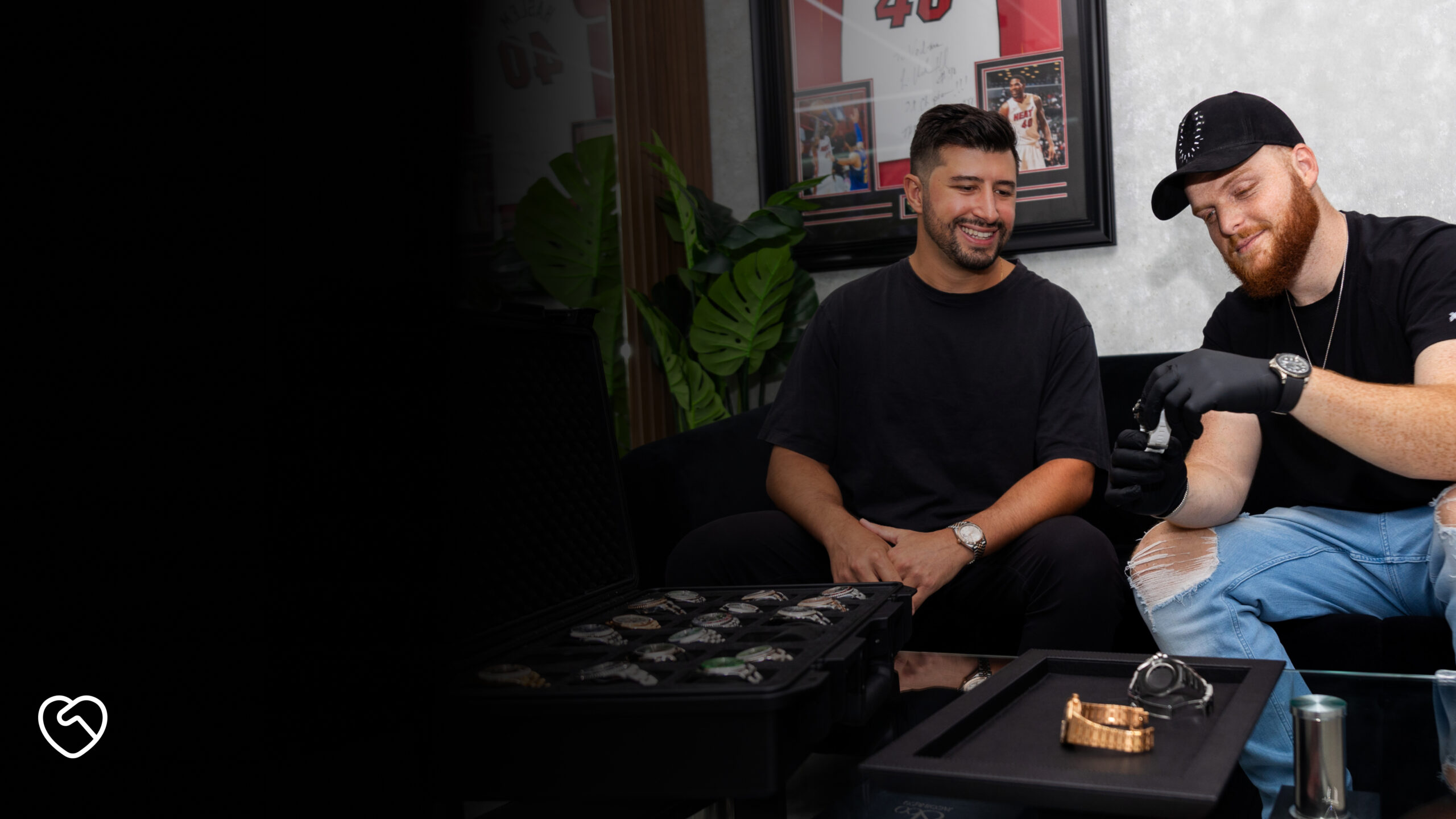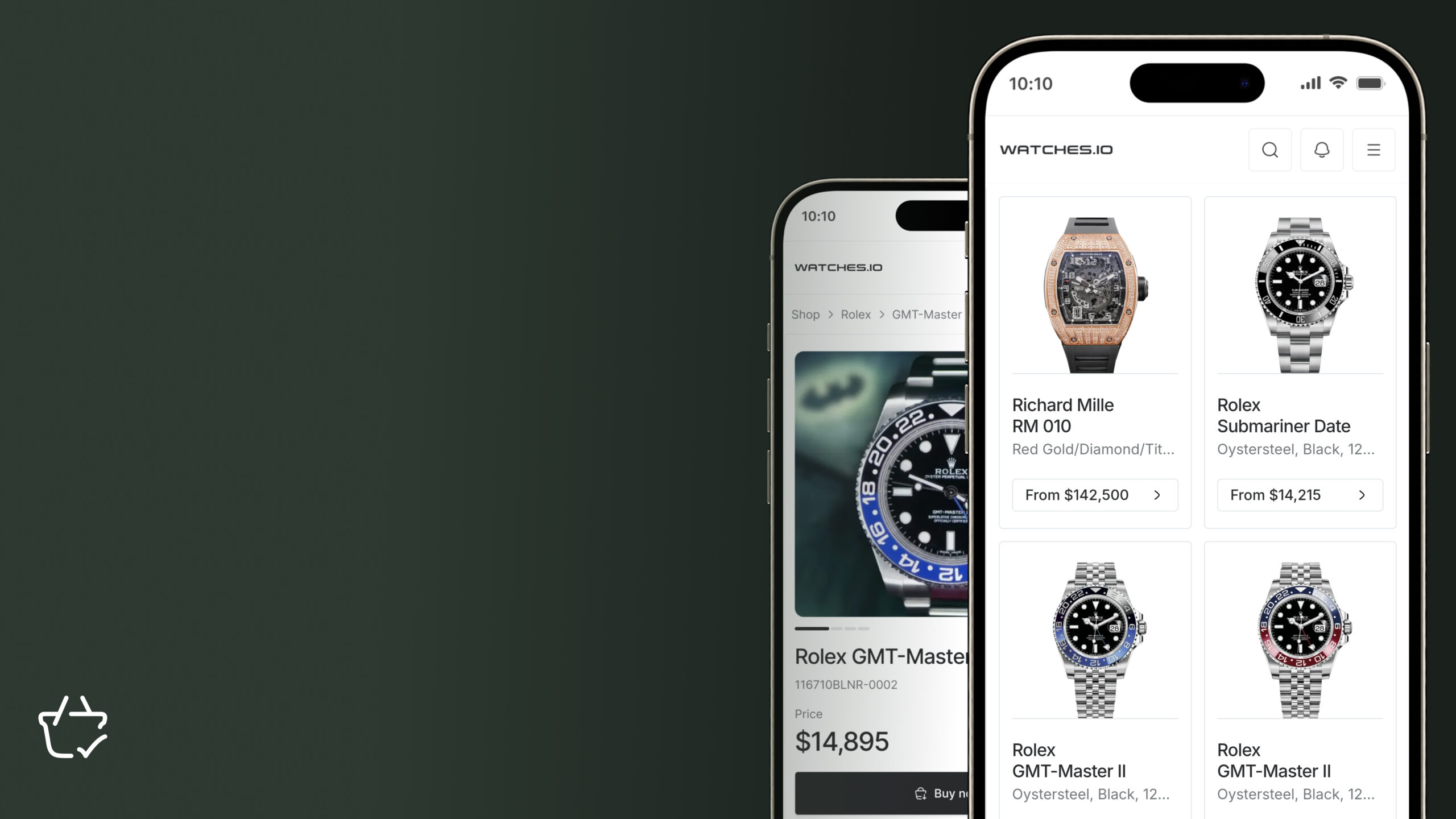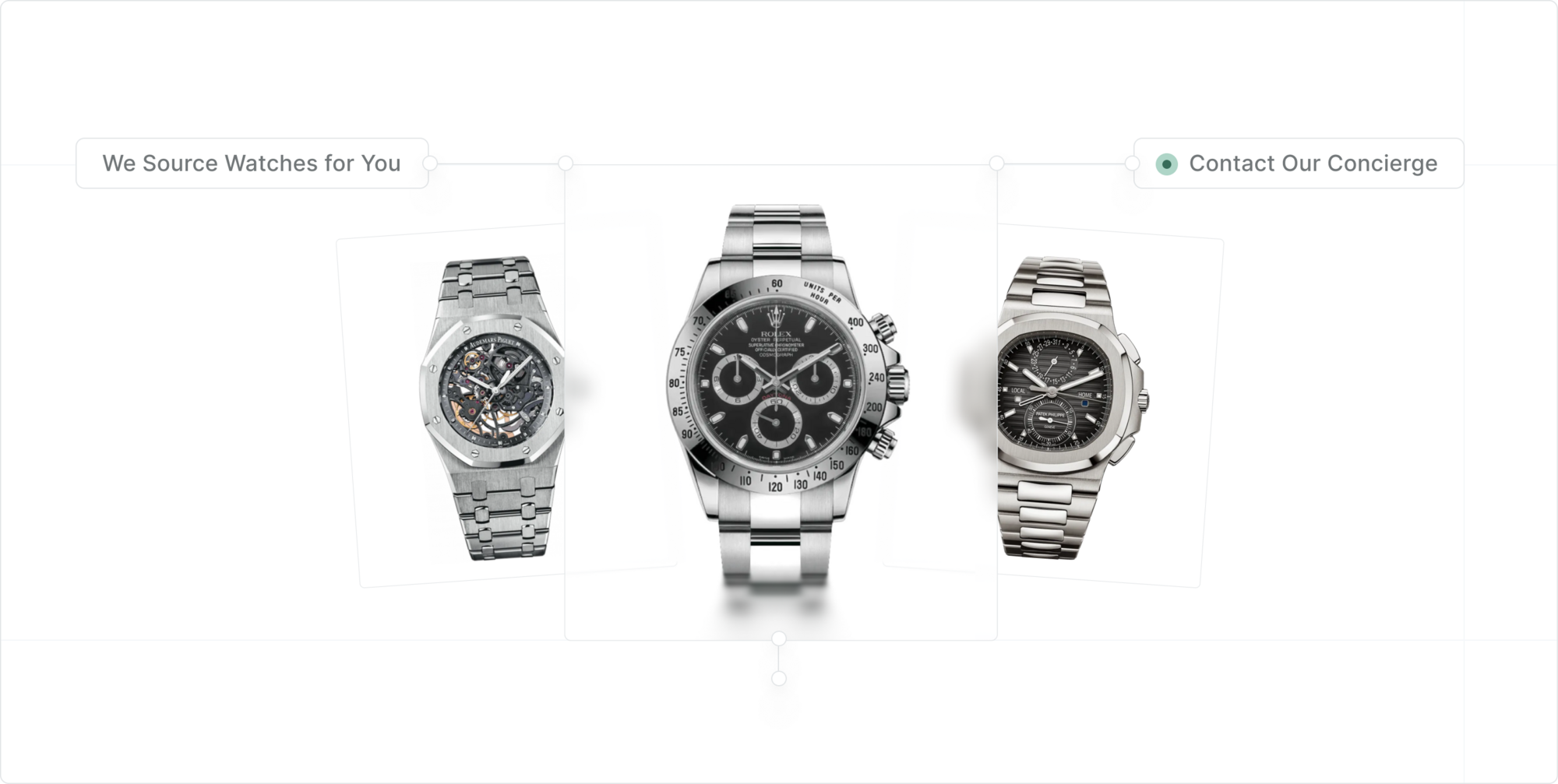Owning a luxury watch goes far beyond just telling time; it’s a reflection of historical heritage, impeccable craftsmanship and individually curated fashion. Each glance at your wrist reveals more than just the hour—it showcases a dazzling masterpiece of precision engineering and artistic design. From the gleaming bezel to the intricate movement, every component makes its own unique statement. Beneath the surface of a luxury timepiece lies a fascinating world of mechanics that many watch enthusiasts have yet to fully explore. For both beginners and experienced owners who have recently added new models to their collections, understanding how each part of a watch—from the crown and dial to the movement and bezel—works in harmony to convey the passage of time can be just as captivating as the watch itself.
In the following sections, we expertly dissect the essential parts of a watch, demystifying the technical terms and unveiling the intricate mechanisms that drive these sophisticated timepieces.
The Face of Time: Understanding the Watch Dial
The dial, more commonly known as the watch face, is where time is brought to life and a watch’s unique character is revealed. It serves as the canvas for both functionality and design, with each detail—layout, materials and craftsmanship—contributing to the watch’s overall personality. Whether it’s a refined dress watch, a rugged sports model or even a futuristic smartwatch, the dial is the centerpiece that defines its style and purpose.
Dial (Watch Face)

The dial is typically marked by hour markers and numerals that denote the hours, and often accompanied by a minute track around the perimeter. Some luxury watches go a step further, incorporating elaborate textures, colors or materials like mother-of-pearl or guilloché patterns to create a visually striking aesthetic.
- Signature and Branding: On most dials you’ll find the brand’s signature mark, often prominently placed beneath the 12 o’clock position to announce the watch’s provenance and unique craftsmanship. This branding not only enhances the exclusivity but also adds to the watch’s collectibility over time.
- Sweeping Seconds Hand: One of the features that sets mechanical and automatic watches apart is the sweeping seconds hand. Unlike quartz watches that “tick” once per second, mechanical movements produce a smooth, sweeping motion, a subtle yet significant indicator of luxury horology.
Hands

The hands— rodlike hour, minute and second markers—come in a variety of shapes and finishes, from sleek sword-shaped hands to delicate dauphine or Breguet hands. Their precision and alignment reflect the meticulous craftsmanship involved in watchmaking.
Hour Makers
The hour markers or indices can be simple geometric shapes, applied numerals or even ornate Roman numerals. Sometimes they are set with lume for nighttime readability, adding a practical element to the watch’s aesthetic.
Crystal
The crystal is the transparent cover that protects the dial. High-end watches often use sapphire crystal, which is known for its durability and scratch resistance. Sapphire crystals can also feature anti-reflective coatings, enhancing legibility in various lighting conditions.
- Cyclops: A Cyclops lens is a magnifying bubble placed over the date window on some watches, particularly Rolex models. This feature enlarges the date for easier reading and adds to the watch’s distinctive look.
Bezel

The bezel is the outer ring surrounding the crystal and can be fixed or rotated. Depending on the watch’s function, the bezel may serve as a decorative element or as a functional tool, such as in diver’s watches or chronographs.
- Unidirectional Rotating Bezel: This type of bezel is commonly found on diver’s watches. It rotates in only one direction—counterclockwise. This ensures that if the bezel is accidentally bumped, it won’t increase the recorded dive time, a vital safety feature for divers tracking their time underwater.
Crown

The crown is the small knob typically located on the right side of the case, used for setting the time and winding the watch. Some crowns have additional features like screw-down mechanisms that guarantee water resistance, especially in diver’s watches.
Beyond the Surface: A Deep Dive into the Watch Case
The watch case is the body that houses all the internal components, including elements like the Rolex battery. Crafted from premium materials such as stainless steel, ceramic, titanium or even precious metals like gold, the case offers essential protection and also shapes the watch’s overall aesthetics and feel.
Case

The watch case serves as the protective housing for the delicate inner workings of the timepiece and is manufactured in a variety of shapes—round, square, rectangular or tonneau (barrel-shaped). Extending from the case are the lugs, which secure the strap or bracelet to the watch. Cases can range from sleek and slender designs common for dress watches to larger, more rugged builds ideal for sports watches. Additionally, the Rolex case size plays a significant role in determining the comfort and fit of the watch on the wrist, with sizes typically ranging from 38mm to over 44mm depending on the watch’s intended purpose. The choice of material and shape impacts the watch’s durability and plays a crucial role in defining its overall aesthetic and purpose.
Bracelet/Strap

The bracelet or strap is a key element in both the comfort and style of a watch. Whether made from leather, rubber or stainless steel, it significantly influences the watch’s overall aesthetic. Metal bracelets often feature intricately designed links for a robust yet refined look, while leather straps provide an air of sophistication and rustic elegance. Depending on the design, straps may be fastened with a traditional buckle, a deployant clasp or a push-button release mechanism, ensuring a secure, comfortable and adjustable fit.
Pushers and Crowns
On chronograph watches, pushers are positioned on either side of the crown and are used to control the stopwatch functions, allowing the wearer to start, stop and reset the chronograph with ease. In watches featuring additional complications such as a date or moonphase, extra crowns or pushers may be present to adjust these secondary functions. These elements not only add to the functionality of the watch but also contribute to its overall aesthetic and mechanical complexity.
Luminosity
Many watches incorporate luminous materials on the hands and indices to enhance readability in low-light conditions. Modern luxury timepieces often use Super-LumiNova or similar compounds, which absorb light and emit a glowing effect in the dark. This ensures clear visibility even in complete darkness, making luminosity both a practical feature and a hallmark of high-quality watch design.
Specialized Features for Dive Watches
Dive watches are known for their robust construction and unique features tailored to underwater use. One example of a key innovation in this genre is the helium release valve, found on professional dive watches designed for saturation diving.
- Helium Release Valve: The helium release valve is a pressure-relief system that allows trapped helium gas to escape from the case during deep-sea dives. This prevents the crystal from popping off due to internal pressure build-up during decompression.
Inside the Timekeeper: The Craft of Watch Movements
At the core of every watch lies its movement, or caliber, which serves as the engine driving the timekeeping function. The movement governs the accuracy of the watch, using either intricate mechanical systems or precise electronic processes. There are three main types of movements: automatic, mechanical and quartz, each with its own distinct technology and craftsmanship that contribute to the enhanced performance and stately character of the watch.
Movement Types
- Automatic Movements: Also called self-winding movements, these are powered by the natural motion of the wearer’s wrist, negating the need for manual winding. They combine modern convenience with the manufacturing skill of traditional watchmaking.
- Mechanical Movements: These require manual winding and are highly valued for the ingenuity behind their intricate workings. Many feature see-through exhibition case backs that reveal the mesmerizing inner frameworks and subassemblies, making them as much a work of art as the timepiece itself.
- Quartz Movements: Powered by a battery, quartz movements provide exceptional accuracy and require minimal maintenance. While they lack the mechanical allure of automatic or manual movements, their reliability and precision make them a popular choice for everyday wear.
Additional Movement Components
- Jewels: In watchmaking, the term “jewels” refers to small synthetic rubies placed at key friction points within the movement. These jewels minimize wear and tear on moving parts, enhancing both the precision and longevity of the movement, which facilitates the watch functioning smoothly and without degradation over time.
- Oscillating Weight: In automatic watches, the oscillating weight which is also known as the rotor, rotates with the movement of the wearer’s wrist. This motion winds the mainspring, providing power to the watch without manual winding, making it a key component in self-winding timepieces.
- Exhibition Case Back: Many expensive watches feature an exhibition case back, offering a clear view of the advanced horological knowledge applied within the movement. Whether showcasing hand-finished components or complex mechanisms like a tourbillon, the exhibition case back yields a captivating element of transparency, allowing the wearer to appreciate the insightful artistry and precision behind the timepiece.
Luxury Watch Complications: Engineering Excellence
Complications are advanced features in a watch that go beyond simple timekeeping. Whether a chronograph, moonphase, or perpetual calendar, these more elaborate functions showcase historical advancements inf horological engineering and craftsmanship. Highly coveted by collectors, complications not only enhance the watch’s functionality but also significantly elevate its value and fascination.
Aperture
An aperture is a small opening on the watch dial, typically used to display additional information such as a date window or other complications like a moon phase. It offers a glimpse into the intricate mechanics of the watch while enhancing its functionality and aesthetic appeal.
Chronograph
The chronograph is one of the most sought-after watch complications, functioning as a stopwatch. It typically includes subdials that track elapsed time in minutes, hours and seconds, offering both practical functionality and added visual complexity to the dial. This feature enhances the timepiece’s versatility while showcasing its technical sophistication.
Subdial
Subdials are smaller dials located within the main dial of a watch, often used for displaying additional information such as chronograph functions, moon phase indicators or other rarer complications. These subdials not only enhance the watch’s functionality but also add mechanical depth and seductive complexity to its overall design, contributing to a more intricate and visually spellbinding display.
Moonphase
The moonphase complication tracks the lunar cycle, displaying the current phase of the moon. This feature is both visually striking and a compliment to the watchmaker’s ability to integrate celestial mechanics into a timepiece, adding a layer of elegance and technical mastery.
Perpetual Calendar
The perpetual calendar is a remarkable complication that automatically adjusts for months with varying lengths including leap years, ensuring continuous accuracy without the need for manual correction—a true marvel of horological ingenuity.
Tachymeter
A tachymeter is a scale typically found on the bezel or outer edge of the dial that enables the wearer to measure speed based on time and distance. Commonly featured in racing watches and chronographs, it adds a functional tool for timing events and calculating speeds, making it a popular choice for motorsport enthusiasts.
Power Reserve Indicator
The power reserve indicator displays the remaining energy stored in the watch’s mainspring, letting the wearer know how long the watch will continue to run before it requires winding. This feature is especially useful for both manual and automatic watches, ensuring optimal performance and preventing unexpected stops.
Conclusion
Understanding the intricate parts of a watch opens the door to a deeper appreciation of horology, where craftsmanship, precision, art and innovation converge. Whether you’re captivated by the elegance of a dress watch, the durability of a diver’s watch or the cutting-edge technology of a smartwatch, knowing the anatomy of a timepiece empowers you to make informed decisions and appreciate your luxury purchase with greater magnitude. As you continue your journey into the fascinating world of watches, explore the curated selection at Watches.io, where you can discover investment-grade timepieces, track their performance and immerse yourself in the future of watch trading through the Web3 space.
Time is more than just minutes and seconds – it’s an art form, a legacy and an investment waiting to be uncovered and admired.






